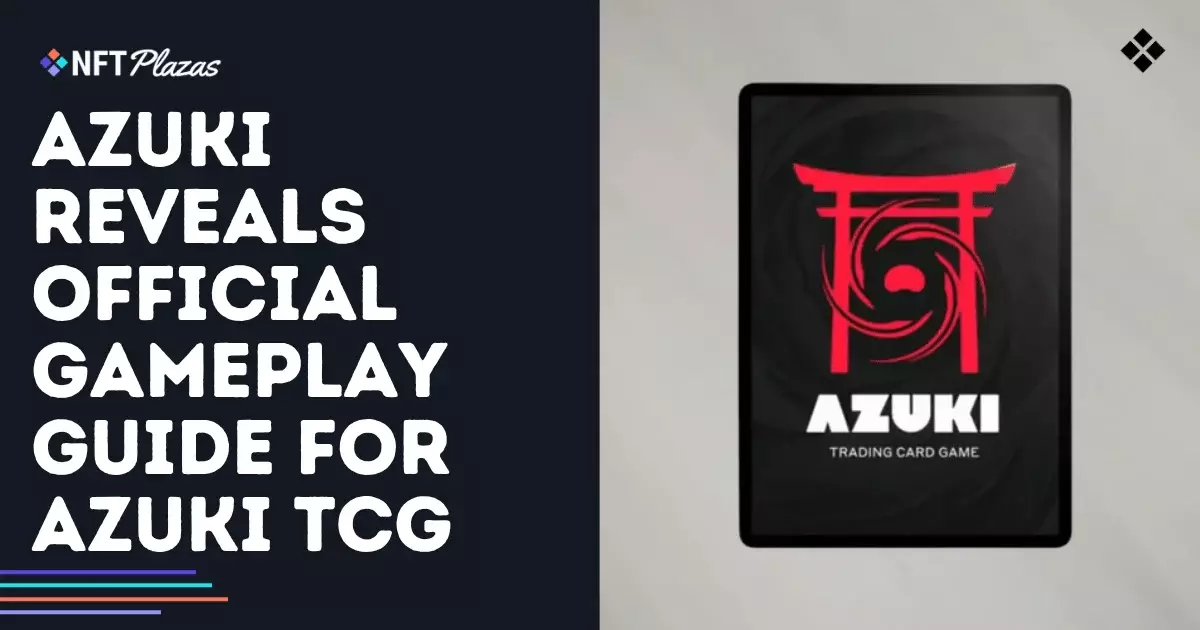Azuki’s announcement of its new trading card game (TCG) may seem like a groundbreaking move in the rapidly evolving world of web3 and NFTs. However, beneath the surface lies a pattern of overhyped promises that often fail to translate into meaningful engagement or mainstream acceptance. While the initial excitement revolves around the game’s mechanics and thematic elements, one must scrutinize whether this project is genuinely innovative or merely riding the NFT wave. Many blockchain-based games boast intricate rules and digital asset integration, yet too often, they lack sustainability beyond initial marketing buzz. Azuki’s move to produce a detailed gameplay guide underscores strategic foresight, but it also reveals an underlying skepticism about whether blockchain integration will truly enhance gameplay or just serve as a superficial layer to attract collectors.
Gameplay Mechanics Versus Real Player Engagement
The gameplay design appears familiar—turn-based strategy with faction-based decks, resource management via IKZ tokens, and board positioning. These elements echo traditional trading card games like Magic: The Gathering or Yu-Gi-Oh!, yet Azuki’s twist lies in its web3 branding and digital art focus. Importantly, the official guide emphasizes core rules without delving into how NFTs or digital assets will influence gameplay. This omission hints at a potential disconnect: Will blockchain assets offer tangible benefits or merely serve as aesthetic collectibles? The risk is that players could become disillusioned if the digital ownership aspect remains superficial rather than integral. The design of the game seems competent, but without clear integration with blockchain advantages—such as genuine ownership or cross-platform utility—the game risks being dismissed as just another digital card clone with a fancy art style.
The Strategic Use of the Web3 Narrative
One of the most significant criticisms of NFT gaming projects is their over-reliance on digital scarcity and community hype rather than gameplay depth. Azuki attempts to position itself as a pioneer by combining its established web3 brand with a structured, competitive TCG. Still, this strategy could backfire if it fails to deliver the transparency, security, and utility that blockchain promises but often neglects. The absence of detailed tokenomics or blockchain mechanics within the guide suggests a cautious approach—perhaps a recognition that many players remain skeptical about integrating digital assets into gameplay. From a center-right wing liberal perspective, the potential of blockchain technology should be harnessed responsibly—offering real utility, not just digital bragging rights. Azuki’s current approach risks commodifying art and community without fostering substantive utility.
The Market’s Skepticism and the Reality of Adoption
While the gaming community has shown interest in blockchain projects, widespread adoption remains elusive. The Azuki TCG’s timing, ahead of its 2025 launch, appears calculated, banking on the momentum of NFT hype. Yet, seasoned gamers and collectors are increasingly cautious, scrutinizing whether these projects can sustain interest beyond initial launches. A well-designed game is no guarantee of success if it doesn’t address core issues such as game balance, fairness, and meaningful digital ownership. The upcoming LA tournament might generate temporary buzz, but without proven utility or community-driven development, it risks being another transient fad—a cautionary tale about the overextension of NFT gaming’s initial promises.
Ultimately, Azuki’s move to develop a structured, playable TCG tied to its web3 branding presents both opportunity and peril. On one hand, the detailed gameplay guide suggests commitment and thoughtfulness, which are often lacking in this space. On the other, the persistent skepticism surrounding blockchain gaming’s long-term viability casts a shadow. If Azuki truly leverages blockchain for meaningful utility—such as secure ownership, cross-platform interoperability, or player-driven economies—it could stand out. However, if it merely employs NFTs as shiny extras, it risks being just another ephemeral trend. As the project unfolds, the real test will be whether Azuki’s community prioritizes gameplay substance over digital gimmicks—a challenge that only time will reveal.

